When to Get Physical Therapy for Lower Back Pain

Data from the Centers for Disease Control and Prevention (CDC) indicates that nearly 40% of adults in the United States have back pain. The global burden of this condition is also very high, with some estimates suggesting back pain prevalence of 7.5%. This means over 575 million people worldwide suffer from low back pain.
In most cases, back pain is mild and resolves within a couple of weeks, requiring little to no treatment. However, some people develop recurrent acute low back pain, which keeps coming back, or chronic low back pain, which lasts more than 3 months.
Timely physical therapy visits can help relieve pain in the lower back and prevent it from becoming a continuing problem. Please continue reading to see how a physical therapy regimen can help to reduce pain in the low back.
When to get physical therapy for lower back pain?
You should consult health care professionals if your lower back pain lasts more than two weeks or acute pain in your lower back keeps coming back. Also, you should get professional medical advice if your back pain is severe and unremitting to the point that it prevents you from participating in your normal activities. Additionally, it’s important to consult a healthcare provider or physical therapist for a thorough evaluation if your back pain radiates to your legs or if you have other symptoms, such as numbness and tingling accompanying the back pain.
On the other hand, if you are in good general health, remain physically active with a regular exercise program, and do not have any other symptoms, your low back pain will likely resolve without needing any specific treatment.
Does physical therapy help lower back pain?
Yes, physical therapy can provide pain relief from acute pain in the lower back, strengthen your back muscles, improve the flexibility of your spine, provide long-term relief from chronic lower back pain, and prevent the recurrence of your symptoms. In fact, it is one of the main cornerstones of treatment.
How long does physical therapy take for lower back pain?
On average, people with lower back pain need to work with physical therapists for an average of 6-8 weeks to get relief from their symptoms. In some cases, physical therapy may take longer if the back pain is severe. If back pain worsens after physical therapy, your health care professionals may recommend coming back for physical therapy after other treatment options, for example, surgical intervention, to fix the underlying cause of your back pain.
How effective is physical therapy for lower back pain?
The majority of patients report an 80-90% improvement in their back pain after therapeutic exercises are done under the guidance of a physical therapist.
Do I need to see a physical therapist for chronic low back pain? Can home exercises relieve pain?
There are some key advantages to formal physical therapy versus doing back exercises at home.
First, pain patients are more likely to stick to a schedule and do the therapeutic exercises in a dedicated and focused manner in an office setting. On the other hand, at home, distractions can cause you to put off physical therapy, leading to worsening acute low back pain.
Second, a physical therapist can observe you and make sure you are doing the mechanics of the exercises correctly. Doing the physical therapy exercises incorrectly may lead to worsening low back pain.
Third, physical therapists make sure you do the physical therapy as a graded activity, starting slowly and gradually increasing the intensity of the exercises over time. Doing too much too soon can increase rather than decrease pain.
Ultimately, a physical therapy program includes education. You don’t have to go to formal physical therapy forever. The goal is to learn techniques and exercises you can include in your exercise routine at home.
What are good exercises for lower back pain?
Your physical therapy program will be individualized and will include specific exercises to help you return to a normal routine without low back pain or neck pain. Physical therapists use the McKenzie method to assess which movements improve or worsen low back pain. The results help them plan a physical therapy program of strengthening and stretching exercises so that specific movements do not cause as much pain.
The different types of exercises that may be included in a physical therapy program include:
Core strengthening exercises
The core consists of the abdominal, spinal, and buttock muscles. A weak core can lead to unequal distribution of body weight between the spine and lower legs, causing low back pain. Building strength and endurance in the core muscles can help to improve the function of the low back and decrease pain related to the lumbar region. Examples of core strengthening exercises include planks, crunches, pelvic tilts, and cat and cow poses.
Lower back stabilizing exercises
The legs and hips play an important role in supporting the lower back muscles. Activating and strengthening these muscles can help in more even distribution of weight between the spine and hips, thus reducing forces on the lower back. Examples of lumbar stabilizing exercises include squats, lunges, planks with leg raises, downward dog, and hamstring stretches.
Aerobic exercises
Cardiovascular aerobic exercise is not only good for the heart but also for improving circulation and delivery of oxygen and nutrients to all the muscles of the body, including the low back. Aerobic exercises also help to reduce stiffness and increase mobility and flexibility in the back muscles. Examples include walking, swimming, riding a stationary bike, or working on an elliptical trainer. Aqua aerobics can be a particularly effective low-impact aerobic exercise that does not put too much stress on the spine.
Posture correction
Bad postural habits and poor ergonomics are some of the leading causes of low back pain. Physical therapists can help you learn the correct posture that stretches and strengthens your back and makes daily movements less painful.
Spinal manipulation
Spinal manipulation is usually done by a chiropractor but some physical therapists also use this technique. It is a type of manual therapy in which the practitioner applies a controlled force on the joints of the lower back. Some people get modest improvements in low back pain and function after spinal manipulation.
What else can I do to get relief from lower back pain?
It is tempting to go in for some bed rest when you have low back pain. However, this can be counterproductive and may cause even more muscle stiffness and immobility. Instead, it’s important to stay active and keep moving. However, you may need to reduce or modify your activity routine depending on your pain levels and gradually return to your normal activities.
Another thing that can help with a short-term reduction in lower back pain is the application of superficial heat with a heating pad or blanket. Start at the lowest setting and gradually increase the intensity of the heat. Do not fall asleep with a heating pad on your lower back, as this can lead to burns.
Last but not least, it’s a good idea to avoid lifting heavy objects or participating in leisure activities that require twisting motions (for example, golf) when you have lower back pain.
Physical therapy is your best chance of getting pain relief in the low back. You can use it as a drug-free approach or combine PT with pain medications for faster relief from back pain. If you have chronic low back pain, make an appointment to see a physical therapist and learn the correct way to do back exercises without causing further injury.
References:
- https://www.cdc.gov/nchs/products/databriefs/db415.htm
- https://www.iasp-pain.org/resources/fact-sheets/the-global-burden-of-low-back-pain/
- https://www.pennmedicine.org/updates/blogs/neuroscience-blog/2022/december/physical-therapy-for-spine-pain#
- https://www.spine-health.com/treatment/physical-therapy/physical-therapy-low-back-pain-relief#footnote1
- https://www.nccih.nih.gov/health/spinal-manipulation-what-you-need-to-know#
- https://www.hss.edu/conditions_goals-physical-therapy-low-back-pain.asp
- https://www.ncbi.nlm.nih.gov/pmc/articles/PMC6251828/
- https://pubmed.ncbi.nlm.nih.gov/16437495/

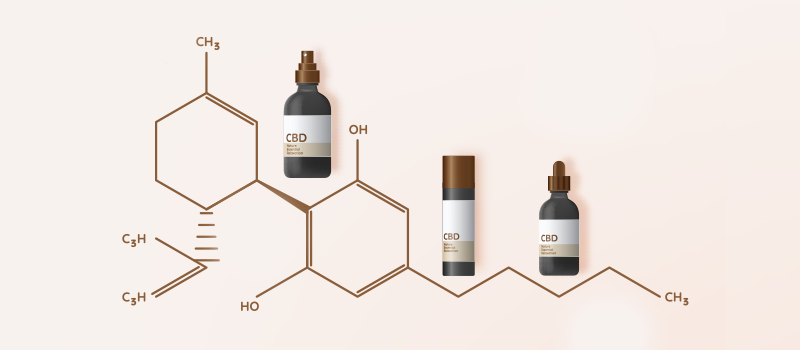
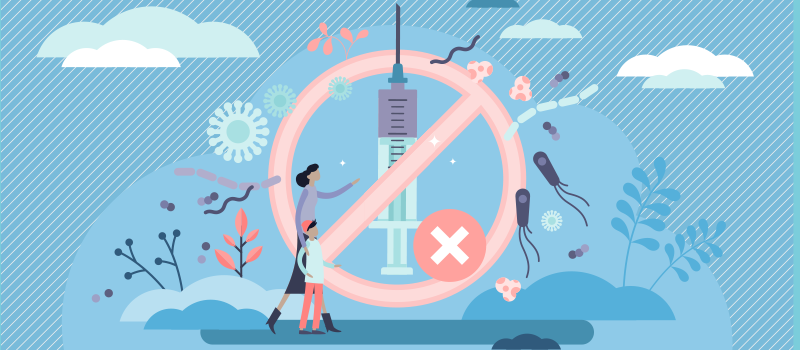


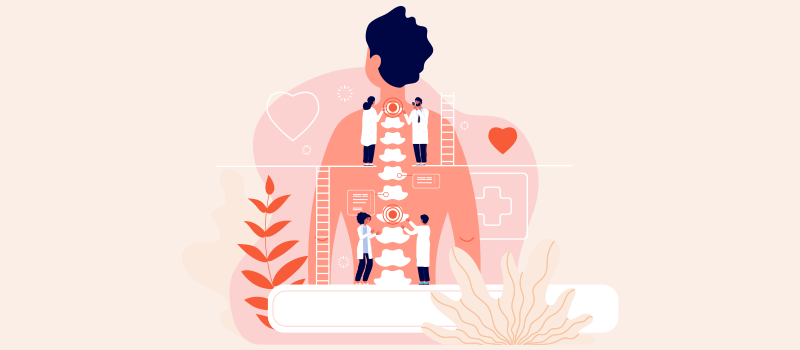

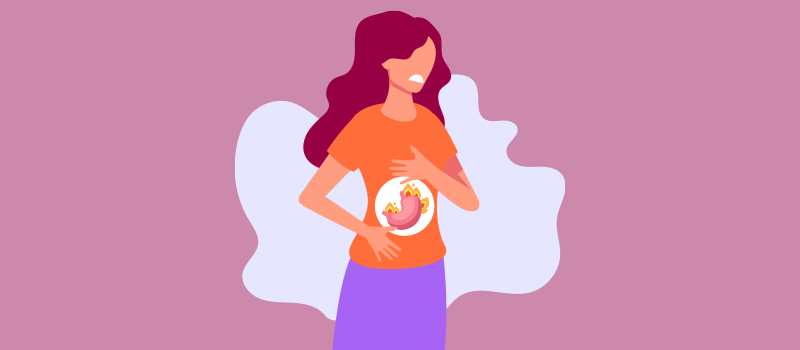



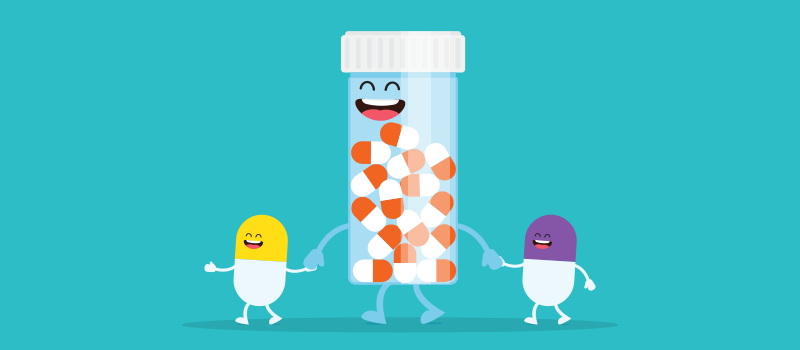
SOCIAL